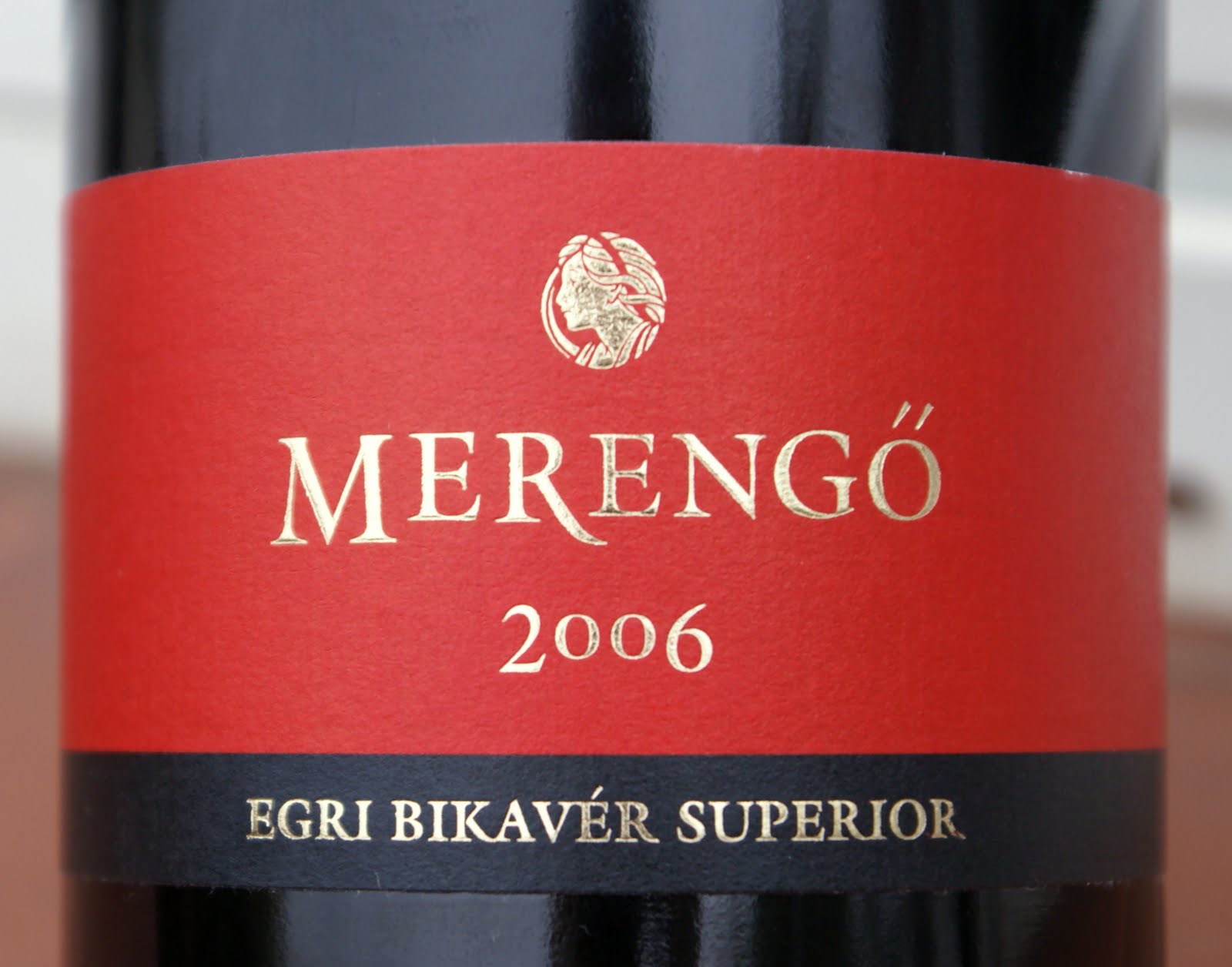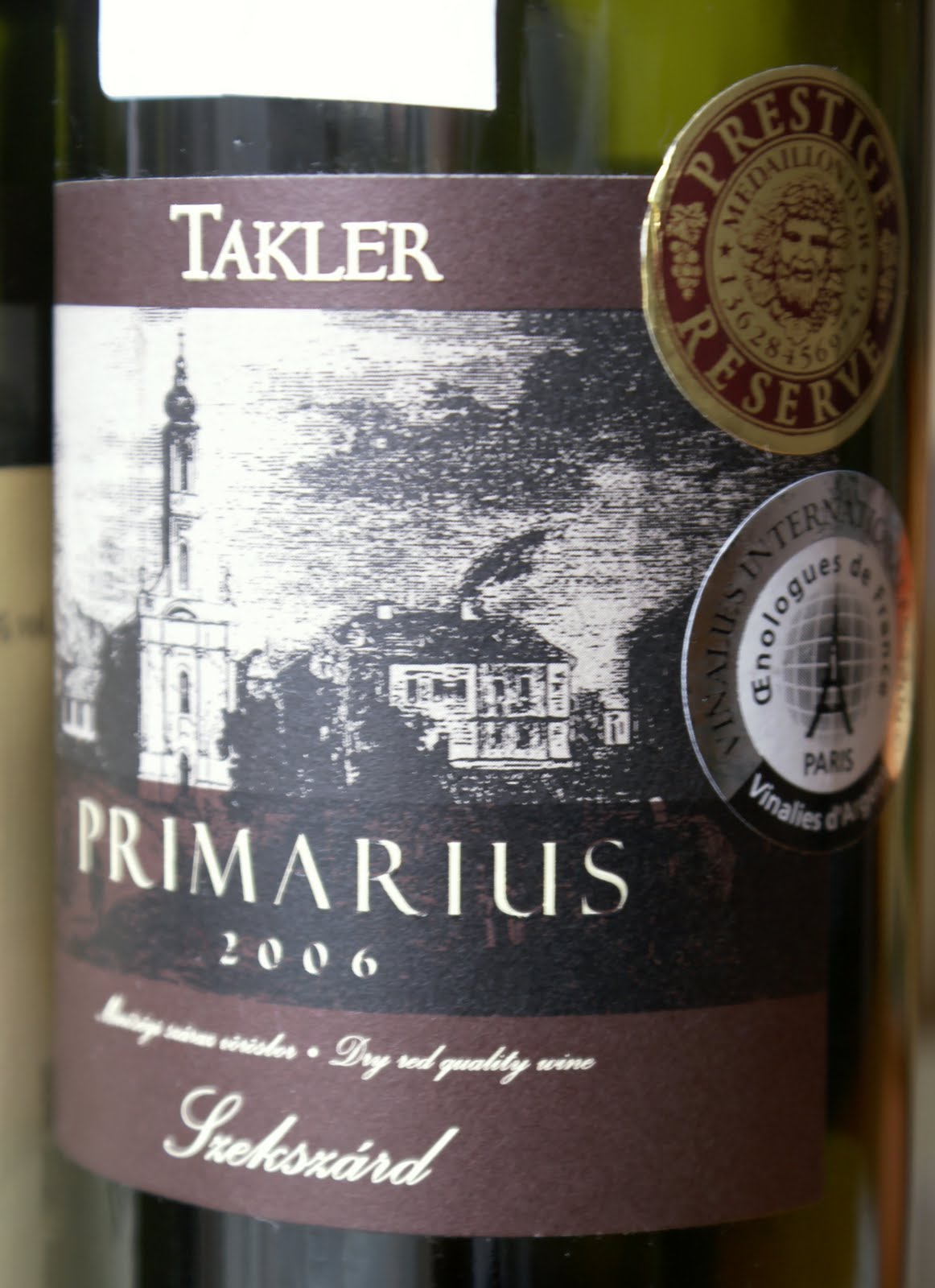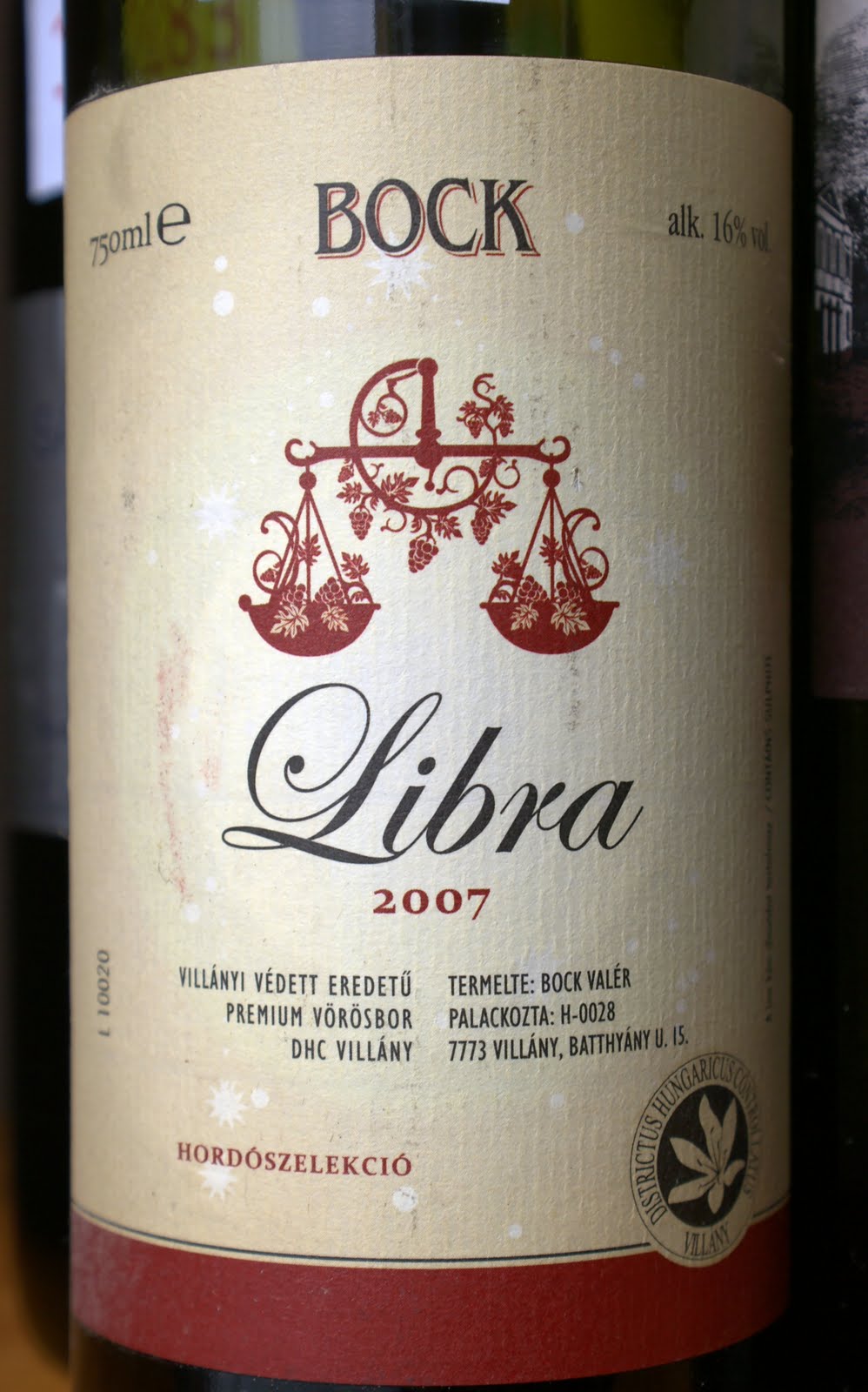The Hungarian disease
Posted on 5 June 2010
Overall it’s also been a positive showing for the red wines, with fewer duds than in the past and some fairly exciting Pinot Noirs and Bikavérs (Bull’s Blood) blends from the regions of Eger and Szekszárd. The Bikavérs compete in a separate contest dedicated to the memory of Tibor Gál, Hungary’s premier winemaker who died tragically in 2005, and the winner was the brilliant 2006 Merengő Egri Bikavér from St. Andrea (my earlier post on this wine is here) who also presented a tremendously exciting 2006 Hangács Pinot Noir that can rival a very good Burgundy premier cru.
But the wines that made the strongest impression on me were the worst ones. Some leading Hungarian vintners submitted stuff that was absolutely undrinkable. Sure, a wine competition is the right place for competition-styled wines but we’ve had at least ten wines that topped 15% alcohol (and a few with 16% on the label), were late harvested and overripe to the point that, with their consequently low acidity, they oxidised within minutes of pouring into the glass, and provided a sipping (not drinking) experience that was closer to a blueberry-flavoured Bacardi Breezer more than anything vinous.
The hall of shame included several wines from Ferenc Takler in Szekszárd including a peanut-buttery 2007 Syrah Reserve and the notorious 2006 Primarius Merlot: in earlier vintages such the ridiculous 2003 this 16% wine was one of Hungary’s leading blockbusters, but I can’t help thinking it has lost momentum and lacks even the superficially attractive fruitiness it displayed in the past. Another very controversial series came from industrial mogul Krisztián Sauska in Villány; my fellow jurors apparently appreciated some of these hyperoaked and overextractive blends including the 2007 Kopár Merlot, 2007 Siklós ‘7’ and 2007 Villány ‘7’ but taking an opened bottle of the former to my hotel, I found it impossible to finish a glass.
But the worst came from respected producer József Bock in Villány, who used to be a reliable source of classically styled wines including the Royal Cuvée, a balanced and wholesome Bordeaux blend that I much enjoyed until the 2000 vintage. Now Bock has completely changed course and is ready to challenge any Shiraz or Zinfandel on this planet for alcohol and overripe flavours. The artificial fruit liqueur that Bock labels as 2006 Libra might be his highest achievement on this field so far, but I’m sure the best is yet to come.
Speaking to our Hungarian hosts in the afternoons, two interesting things came up. First, apparently someone is still buying those monster wines on the local market; whether this is label drinking or those Budapest drinkers with deep wallets actually enjoy the taste is open to debate, but Messrs. Bock and Takler better hang on to that clientele, as at their insane price levels (most of these cuvées cost north of 40€) they will be impossible to sell anywhere outside Hungary.
The second amazing thing is that nobody seems to see a problem. The idea that Hungary, with its continental climate and a latitude identical to Burgundy, should try to make wines bigger, oakier and sweeter than Colchagua and Barossa apparently finds few skeptics. Sure, there are exaggerated wines everywhere in the world but nowhere are they as cherished as here. There’s something almost psychoanalytic to this complex of inferiority. Hungary has some great terroirs and could produce some of Europe’s most distinctive wines, white and red, but it will take a major change of mentality to achieve this. Judging by what I’ve tasted this week, it’s a very long perspective.




